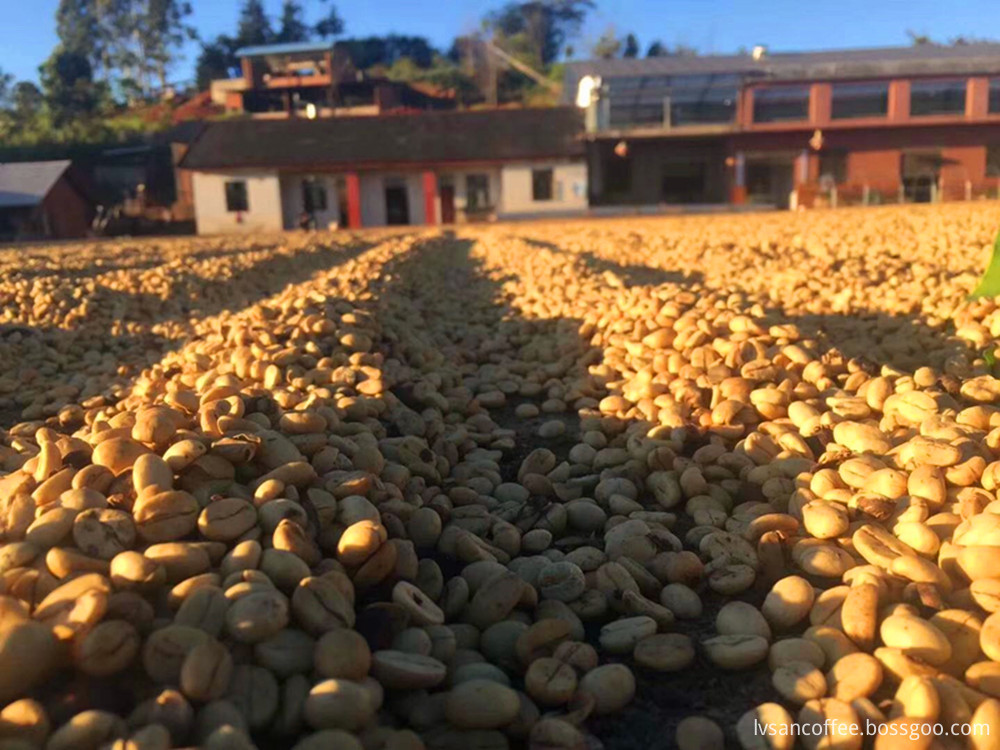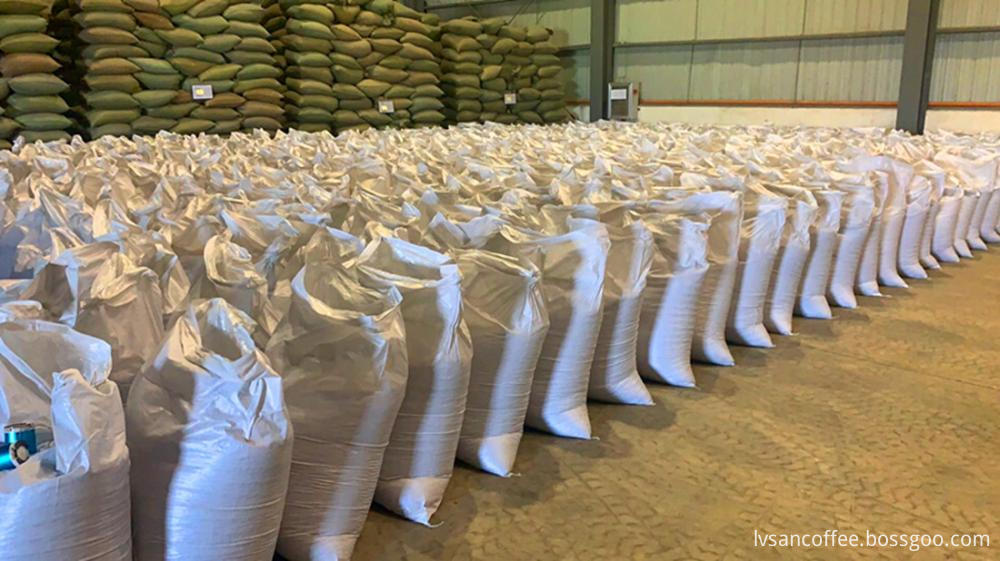When the Chicken Breeds Four Seasons Brooding
In raising chickens, brooding is the key link. Although brooding can be performed throughout the year, the level of breeding effectiveness and productivity after adulthood are significantly different due to the different brooding seasons. Therefore, choosing the right time for brooding is a prerequisite for raising a chicken. In general, the timing of brooding should be based primarily on brooding conditions and productivity in adulthood. If the equipment is in poor condition and management is extensive, the natural climate conditions should be taken into consideration; if the conditions for brooding are good and the management is meticulous, the pursuit of productivity in adulthood shall be the main objective. In order to select the timing of brooding, the pros and cons of each brooding period are introduced. First, spring chicks. The chicks hatched from March to mid-April are called spring chicks. Warmer climate during this period is very beneficial to brooding, and the survival rate of the chicks is high. New chickens can be put into production in August and September. It is the season of moulting in old chickens that can compensate for the lack of fresh eggs in the off-season market, and the economic value is high; The first biological egg-laying period lasted for a long period of time, and it was not until the second year of September that the moult was stopped and a considerable breeding benefit was obtained. However, the climate in March is still low, and it needs heat and moisture, and the cost of brooding is also high. Second, late spring chicks. Chicks hatched from late April to May are called late spring chicks. During this period, the climate is warm, the management is easy, the survival rate of the chicks is high, the price of the chicks is relatively cheap, the selection of good individuals is easy, and the cost of brooding is low. The new chickens are put into production from late September to October, and are still in the season of the old chicken moulting. And the first biological egg production year is also a long time. Third, mold rain chicks. In June, high temperatures and high humidity are very detrimental to brooding. The incidence of coccidiosis is high, which seriously affects the survival rate of chicks. To the young stage, during the summer, mosquito bites, extremely detrimental to the growth and development; after the winter, the climate is cold, sunshine time is short, it is difficult for new chickens to start production at a timely manner, generally until the second year after the spring to lay eggs, the first Only a half year is required for a biological egg production year, and the opening period coincides with the season of fresh eggs in the market, and the economic value is low. Fourth, summer chicks. The chicks hatched in July and August are called summer chicks. Summer temperatures are high, breeder physique is debilitated, hatchery chicks are poor in viability, and mosquitoes are seriously at risk, which is not conducive to chick growth, and it is easy to develop frozen chickens; new chickens cannot be opened until the following spring, first A short period of time in a biological egg production year has poor aquaculture efficiency and is generally not used. Five, autumn chicks. The chicks hatched from September to November become autumn chicks. The autumn season is clear and dry, and the climate is dry. It is suitable for growing chicks and has a high survival rate. New chickens can produce eggs in the coming spring, and the egg production rate is higher. However, because the chicken body is not fully grown and mature, it begins to lay eggs. Therefore, it takes a long time for the chicken to reach an egg weight, and it takes a long time to reach the standard egg weight. very short. Six, winter chicks. The chickens hatched from December to February are called winter chicks. Cold weather in winter, long warming time, high cost of brooding; chicks bred indoors, lack of sunlight and exercise, require longer brooding conditions and fine management. However, new chickens lay eggs early and they can start production from May to July. Under the conditions of good husbandry and management, they do not moult, and the first biological egg production year has a long time and high economic value. In view of the above, it is better to raise hens and chicks in spring and spring; chicks with poor brooding conditions and inexperienced broilers are better suited to bred and late spring broilers; when spring brooding fails, they can bred autumn broods; brooding conditions are good and they have experience The raising chickens can also be raised in winter; in the rainy season and in summer, it is generally not suitable for brooding.
China Green Coffee Beans
flavor: mellow and balanced, with fruit acid flavor, nuts, honey, chocolate, citrus;
Variety:Aribica
processing method: washing;
water content: less than 12%;
packaging: 60kg / bag;
size: 13#>90%
In 1892, French missionary father Tian Daneng preached in Dali, Yunnan Province, China. In order to drink coffee, he taught local villagers to grow and drink coffee. Up to now, coffee has been planted in Yunnan Province of China for more than 100 years, with an area of 120000 mu. Most of the varieties planted in Yunnan are ccatimor, with an altitude of 1000-1500m, The coffee produced in Yunnan has a balanced taste, rich nut and citrus flavor, some of which are very sweet, with obvious taste of chocolate, toffee and maple sugar. It is one of the high-quality coffee producing areas. Our coffee is produced at the junction of Puer and Burma - the Myitkyina original jungle beans at 1500-1750, with a rich flavor, high aroma and high sweetness. The 2019 international coffee cup Masters Tournament (China finals) is sponsored by beans.
Decaf Espresso Beans,Bulk Espresso Beans,Expensive Coffee Beans,Unroasted Green Coffee Beans Yunnan New Biology Culture Co,.Ltd , https://www.lvsancoffee.com

